- Home
- Articles
- Architectural Portfolio
- Architectral Presentation
- Inspirational Stories
- Architecture News
- Visualization
- BIM Industry
- Facade Design
- Parametric Design
- Career
- Landscape Architecture
- Construction
- Artificial Intelligence
- Sketching
- Design Softwares
- Diagrams
- Writing
- Architectural Tips
- Sustainability
- Courses
- Concept
- Technology
- History & Heritage
- Future of Architecture
- Guides & How-To
- Art & Culture
- Projects
- Interior Design
- Competitions
- Jobs
- Store
- Tools
- More
- Home
- Articles
- Architectural Portfolio
- Architectral Presentation
- Inspirational Stories
- Architecture News
- Visualization
- BIM Industry
- Facade Design
- Parametric Design
- Career
- Landscape Architecture
- Construction
- Artificial Intelligence
- Sketching
- Design Softwares
- Diagrams
- Writing
- Architectural Tips
- Sustainability
- Courses
- Concept
- Technology
- History & Heritage
- Future of Architecture
- Guides & How-To
- Art & Culture
- Projects
- Interior Design
- Competitions
- Jobs
- Store
- Tools
- More
Everything You Need to Know About Architectural Roofing: A Complete Guide
Discover everything about architectural roofing, from its durability and aesthetic versatility to energy efficiency and maintenance tips. Learn how this stylish, long-lasting option mimics premium materials like slate and wood while protecting your home. Explore types, benefits, installation, and upkeep essentials to make an informed choice for your next roofing upgrade.
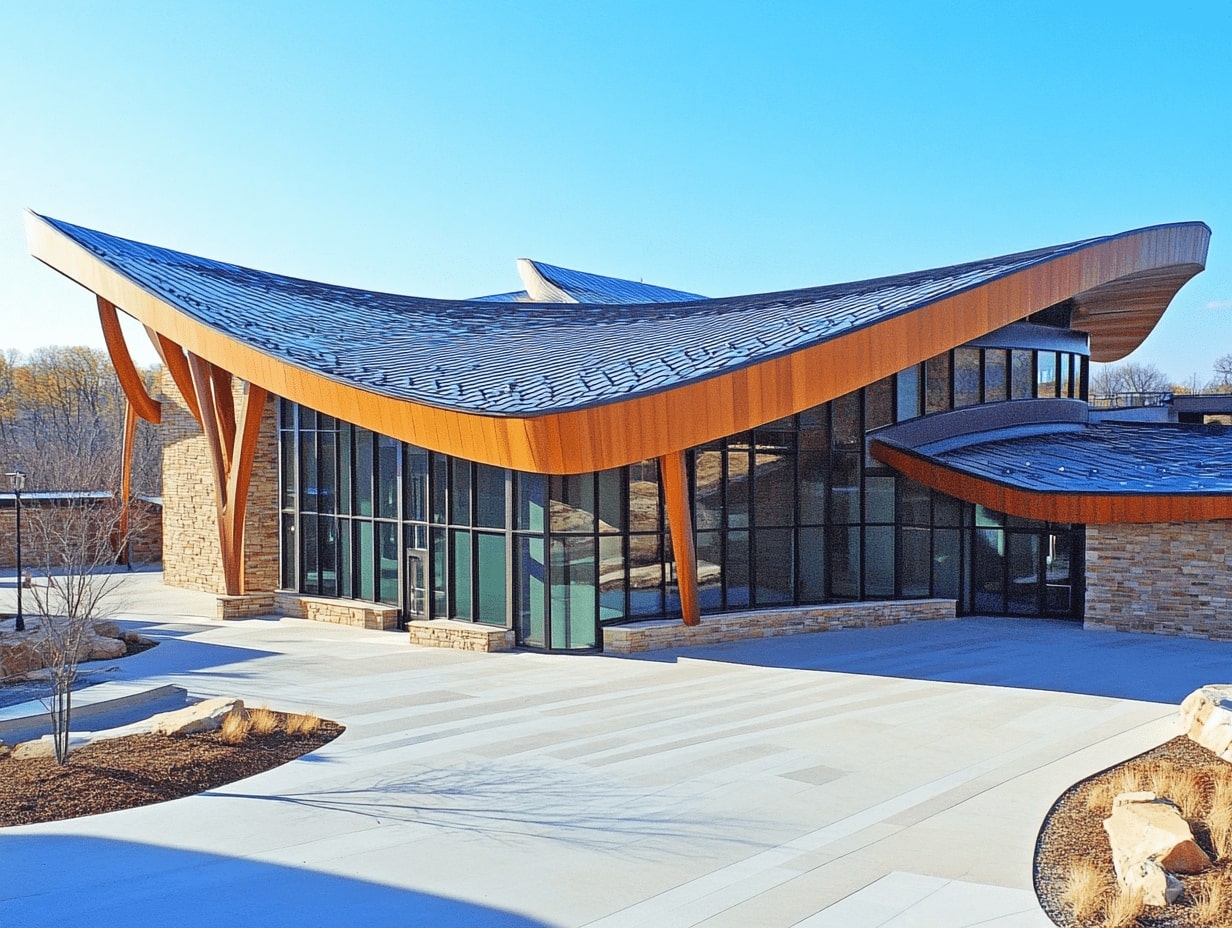
When it comes to protecting our homes, the roof does more than just keep us dry—it defines the character and style of the entire structure. Architectural roofing, often praised for its durability and aesthetic appeal, has become a popular choice for homeowners and builders alike. But what exactly sets it apart from other roofing options?
From its unique design to its ability to mimic high-end materials like slate or wood, architectural roofing offers a blend of functionality and beauty. Whether we’re considering a new roof or upgrading an existing one, understanding its features, benefits, and maintenance needs is key to making the right decision. Let’s explore what makes architectural roofing a standout option for modern homes.
Table of Contents
ToggleWhat Is Architectural Roofing?
Architectural roofing refers to a type of asphalt shingle designed for enhanced durability and aesthetic appeal. Also known as dimensional or laminate shingles, these are crafted with multiple layers of material, creating a thicker and more textured appearance.
The structure of architectural shingles includes a fiberglass mat base, ceramic-coated granules, and asphalt layers. This composition ensures long-lasting performance and improved resistance to weather elements. Unlike traditional 3-tab shingles, architectural shingles are heavier, offering better wind resistance and a longer lifespan.
Architectural roofing enhances visual appeal by simulating natural materials like wood shakes or slate tiles. It’s available in various colors and patterns, allowing homeowners to achieve custom looks without the high costs associated with premium materials. Builders often select it for the balance of function and style it provides.

Benefits Of Architectural Roofing
Architectural roofing combines both practicality and style, offering homeowners long-term value. Its design stands out for its structural strength and adaptability to diverse aesthetic preferences.
Enhanced Durability
Architectural roofing delivers exceptional durability due to its multi-layered construction. These shingles, created with a fiberglass mat base, asphalt layers, and ceramic-coated granules, provide resistance to harsh weather like strong winds of up to 130 mph and heavy rainfall. Their thicker structure, compared to traditional shingles, also reduces the chances of warping or cracking over time. Offering lifespans of 30–50 years, they outperform 3-tab shingles in longevity.
Versatile Design Options
Architectural shingles provide flexibility in design without sacrificing quality. They mimic high-end materials like slate, cedar shakes, or even terra cotta, making it easier to match various architectural styles. Available in diverse colors and textures, these shingles help create customized visuals while maintaining affordability. Builders frequently use them in projects to complement both modern and classic aesthetics.
Improved Energy Efficiency
These shingles contribute to better energy efficiency through reflective granules that deflect sunlight. By reducing heat absorption, especially in lighter-colored options, they help maintain cooler indoor temperatures in summer. This lowers cooling costs and enhances indoor comfort. ENERGY STAR-rated architectural shingles further optimize energy savings for eco-conscious homeowners.

Types Of Architectural Roofing Materials
Architectural roofing materials come in various types, each offering unique benefits for durability, aesthetics, and functionality. Choosing the right material depends on factors like climate, budget, and design preference.
Asphalt Shingles
Asphalt shingles are the most common choice for architectural roofing due to their affordability and versatility. These shingles, made from fiberglass mats coated with ceramic granules and asphalt, provide excellent weather resistance and a lifespan of 30–50 years. Architectural asphalt shingles have a dimensional appearance, mimicking wood or slate. They’re lightweight, making installation easier without compromising durability.
Metal Roofing
Metal roofing is prized for its strength, longevity, and modern appearance. Its materials include aluminum, steel, and copper, each offering rust resistance and a sleek finish. Metal roofs can last 40–70 years if properly maintained, outperforming other materials in terms of lifespan. Their reflective properties also enhance energy efficiency by reducing heat absorption, particularly in warmer climates.
Tile Roofing
Tile roofing, known for its Mediterranean aesthetic, is made from clay or concrete. These materials are highly durable, offering a lifespan of 50 years or more. They’re fire-resistant and perform well in hot or dry climates. Although tile roofs are heavier and more expensive than other options, their insulating properties and long-term durability make them a worthwhile investment for many homeowners.
Slate Roofing
Slate roofing delivers unmatched elegance and durability. Natural slate, cut into thin slabs, provides a unique and luxurious look while requiring minimal maintenance. These roofs can last over 100 years if installed carefully. Slate is resistant to fire, pests, and extreme weather, but its high cost and heavy weight mean it often requires reinforced roofing structures.

Factors To Consider When Choosing Architectural Roofing
Architectural roofing offers a balance of durability and aesthetics, but selecting the right option requires careful evaluation. We must assess multiple factors to ensure the roofing matches the specific needs of our project.
Budget
Budget plays a critical role in roofing decisions. Architectural shingles generally cost $4–$7 per square foot, including installation, making them more expensive than traditional shingles but significantly more affordable than slate or tile. Additional costs, such as underlayment, roof reinforcement, or complex designs, can increase the total expenditure. For cost-conscious projects, asphalt architectural shingles provide a balance of quality and affordability.
Climate And Weather Conditions
The climate influences the performance and lifespan of roofing materials. In regions with high wind or heavy rainfall, architectural shingles perform better due to their heavier weight and weather-resistant layering. For areas prone to extreme heat, ENERGY STAR-rated shingles with reflective granules help reduce heat absorption. Conversely, cold regions benefit from roofing with excellent freeze-thaw durability, such as metal or slate.
Maintenance Requirements
Some roofing types demand higher maintenance. Architectural shingles require occasional inspections for moss, algae, or loose granules, especially in humid areas. Metal roofing offers low-maintenance alternatives, though it may need paint touch-ups in highly corrosive environments. Roofing materials like tile or slate, while durable, can require more attention if damaged, as individual pieces may need replacement.
Aesthetic Appeal
Aesthetic considerations define a home’s character. Architectural shingles mimic high-end materials like wood shake or slate, offering diverse styles and colors to match various designs. For modern aesthetics, metal roofing provides sleek finishes, while Mediterranean-inspired homes often incorporate clay or concrete tiles. Homeowners seeking timeless appeal may favor natural slate for its distinct texture and premium look.

Installation Process For Architectural Roofing
The installation of architectural roofing involves a systematic approach to ensure durability and aesthetic appeal. Following precise steps from preparation to securing materials guarantees optimal performance.
Preparation And Inspection
We begin by inspecting the existing roof structure for damage or weakness to confirm its suitability for new installations. This involves checking for rotted wood, water damage, or structural inconsistencies. After assessments, we ensure the surface is clean and dry, removing old shingles and debris to provide a stable foundation.
Installing The Underlayment
Underlayment installation starts after preparation. We roll out a waterproof underlayment, typically synthetic or felt, to protect against moisture penetration. Proper alignment and overlapping by at least 2 inches create a seamless barrier. Additionally, we fasten it with nails or staples, avoiding wrinkles or gaps to maintain a flat surface.
Securing The Roofing Material
Architectural shingles or other materials are secured in overlapping rows according to the manufacturer’s guidelines. Starting at the roof’s bottom edge, we use roofing nails or screws to attach the shingles, ensuring proper alignment and spacing. Attention to detail in adhering to patterns enhances both functionality and aesthetics. Ridge caps are then installed to seal the roof’s peak, providing additional weather protection.
Conclusion
Architectural roofing combines durability, aesthetics, and functionality, making it an ideal choice for homeowners and builders. Its layered construction enhances weather resistance while mimicking high-end materials like slate and wood. With lifespans ranging from 30–50 years for asphalt shingles to over 100 years for slate, these materials offer impressive longevity.
Key benefits include energy efficiency, thanks to reflective granules, and versatile design options that cater to diverse architectural styles. Maintenance, such as regular inspections and algae prevention, optimizes performance and appearance. Choosing architectural roofing involves balancing factors like budget, climate conditions, and aesthetic preferences to ensure long-term value.
For proper installation, a systematic process that includes inspection, underlayment application, and precise material placement ensures durability. Addressing issues like leaks or damaged shingles promptly ensures the roof protects effectively and maintains its appeal. Architectural roofing, with its blend of form and function, continues to be a cornerstone of modern roofing solutions.
- advanced roofing technology
- aesthetic roofing systems
- architectural roof designs
- architectural roofs
- cost-effective roofing solutions
- effective roofing designs
- energy-efficient roofing options
- energy-efficient roofing systems
- flat roof advancements
- green roofing innovations
- green roofing systems
- new roofing technologies
- roofing materials comparison
- roofing style options
- roofing system installation
- sloped roof systems
- traditional vs modern roofing
- weather-resistant roofing
Submit your architectural projects
Follow these steps for submission your project. Submission FormLatest Posts
Best Practices for Roof Inspections and Maintenance
On most projects, the roof spends decades out of sight while carrying...
Sunny Days, Secure Roof: Simple Steps to Shield Your Home
Your home is more than just a place to live—it’s a sanctuary....
Simple and Stylish Roof Ideas for Homeowners
When designing your home, don’t overlook the roof. It’s essential for both...
Key Qualities to Look For in a Residential Roofing Contractor
Choosing a residential roofing contractor involves careful consideration. The roof is a...






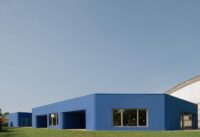

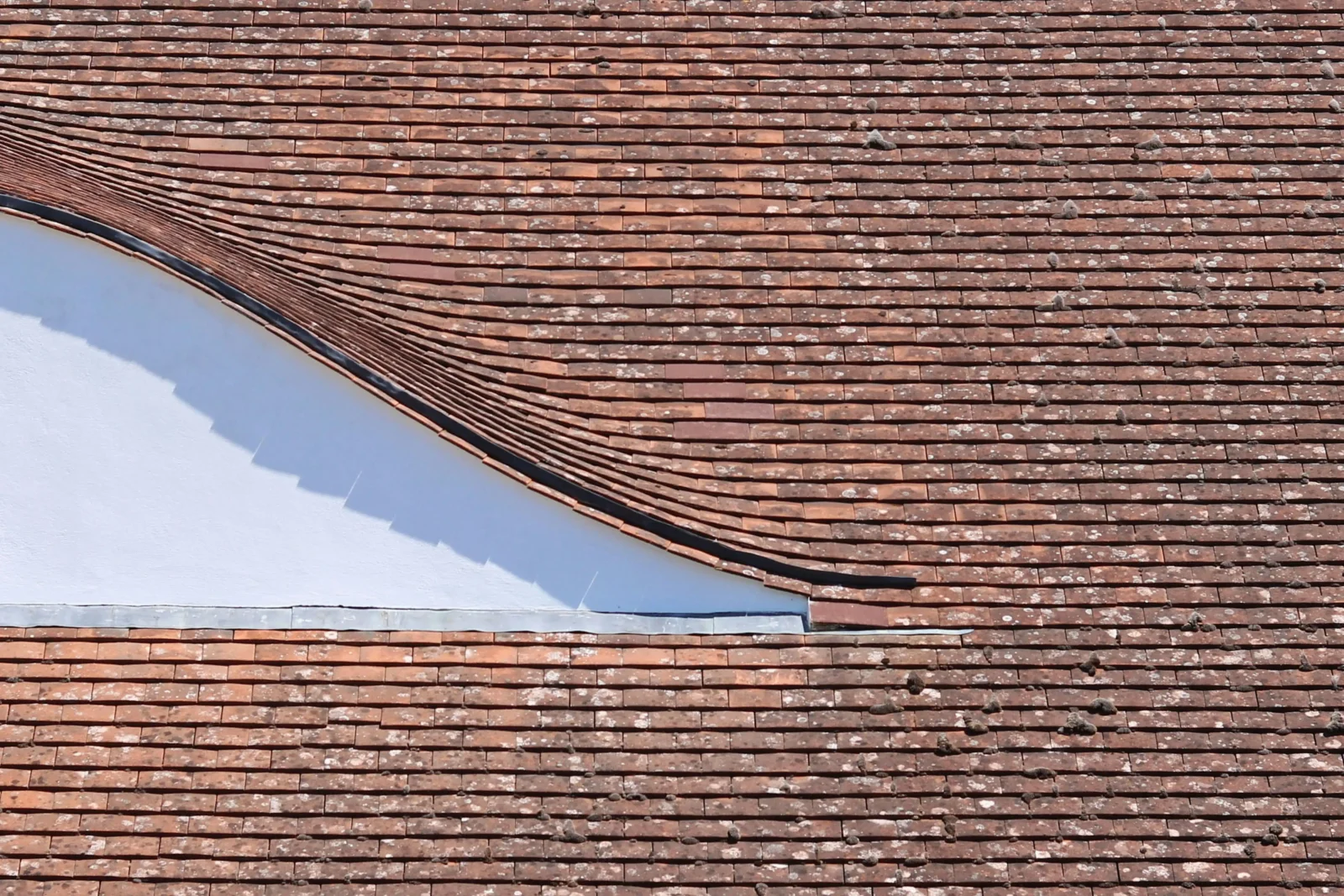
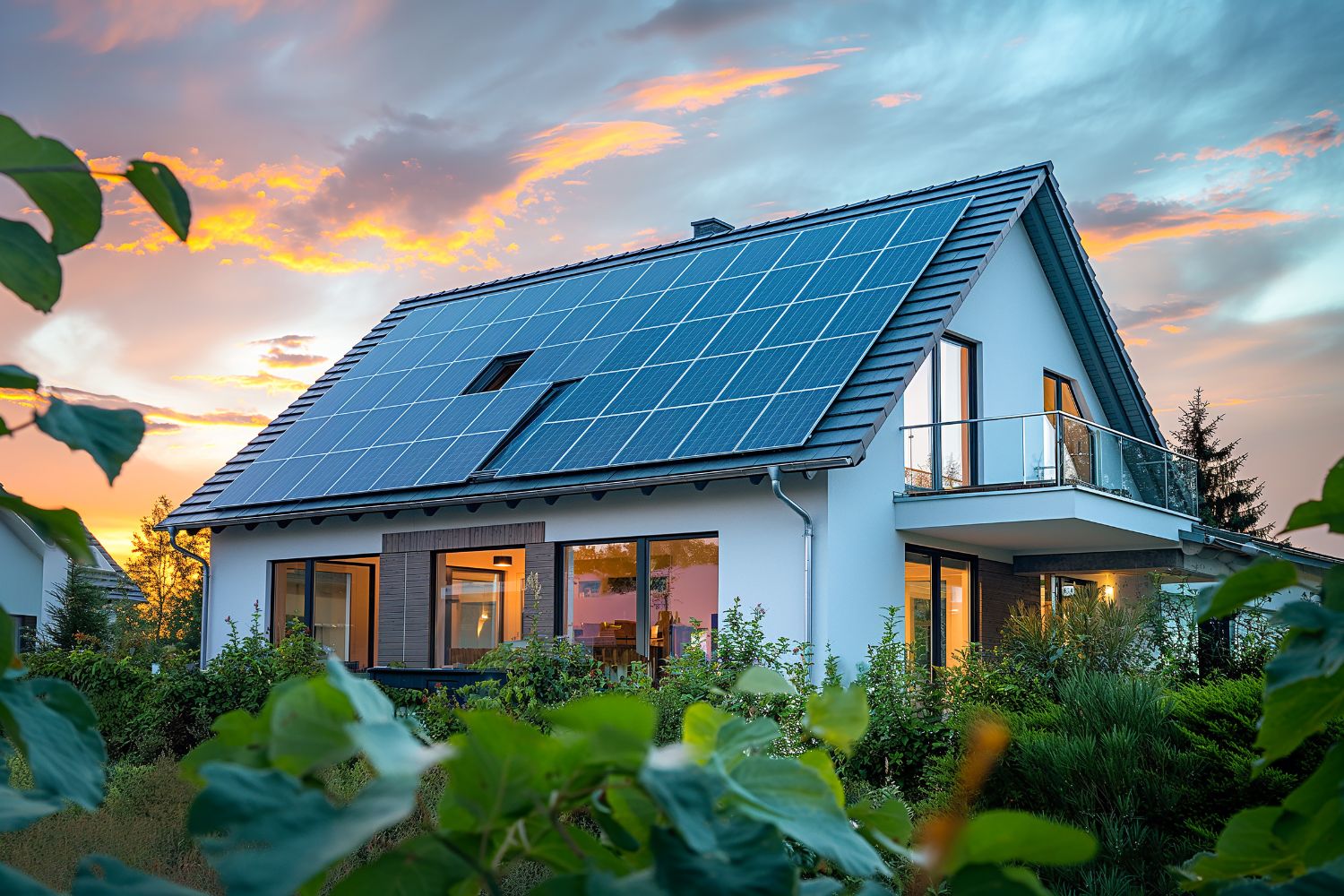
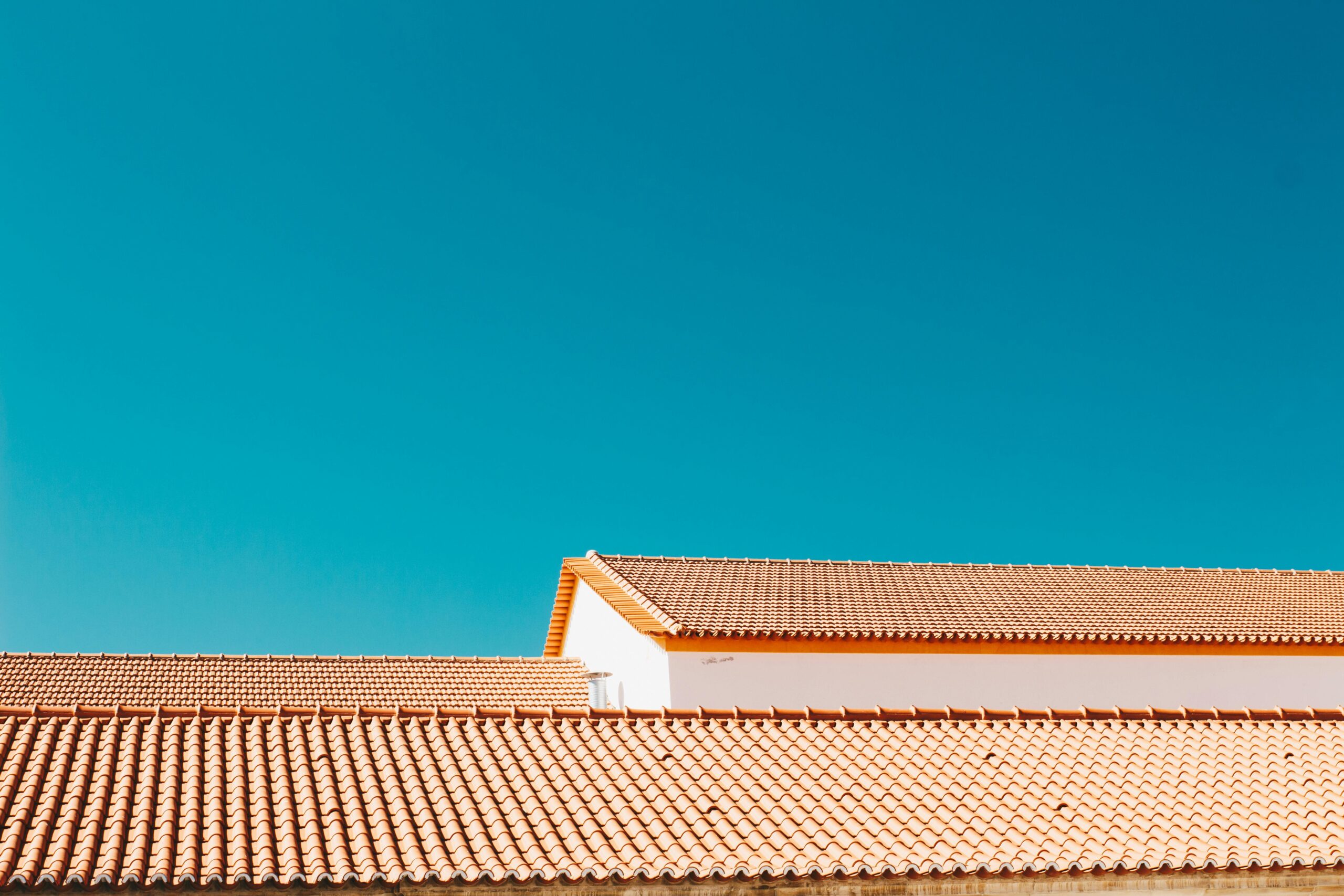
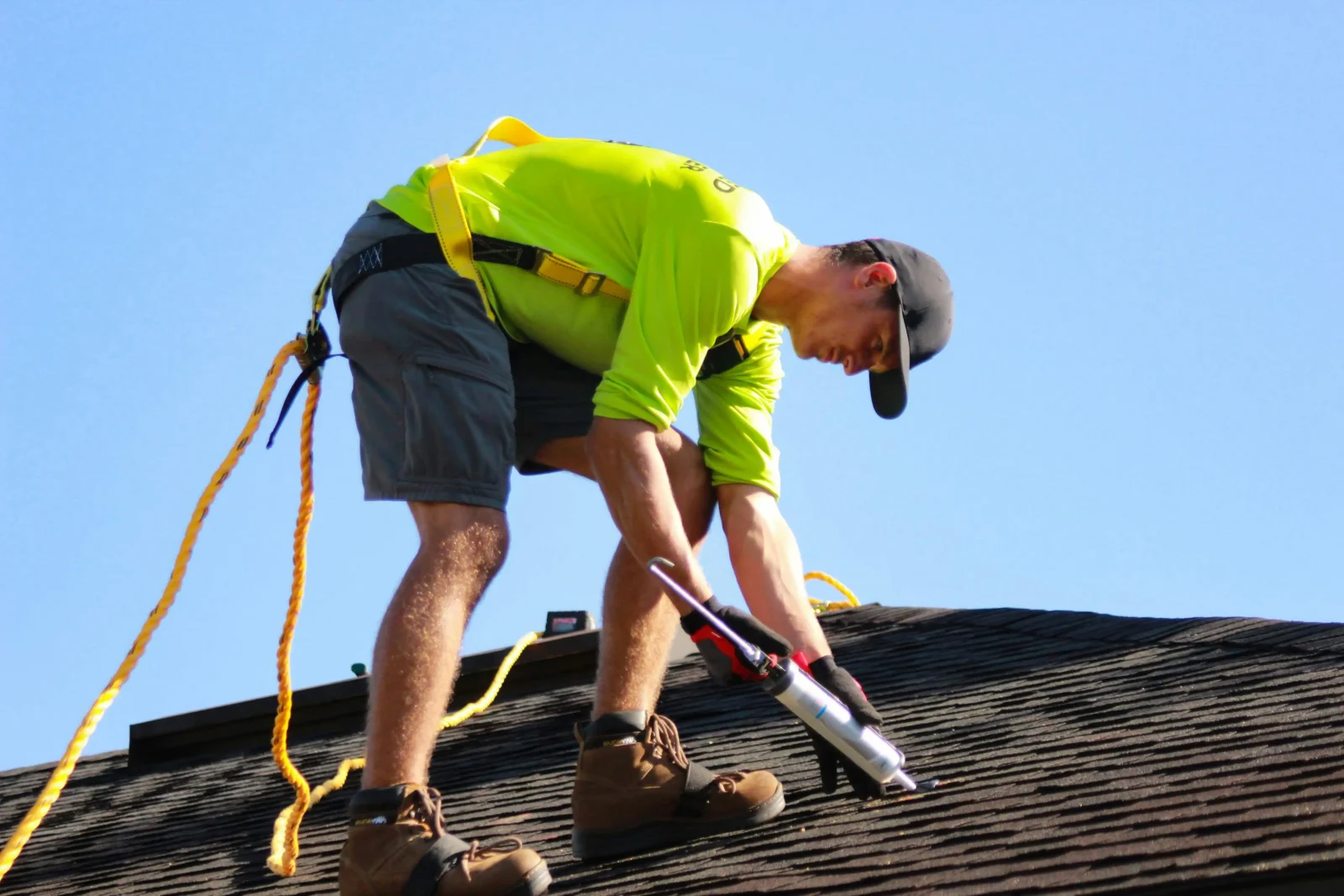
Leave a comment